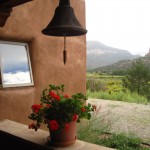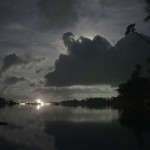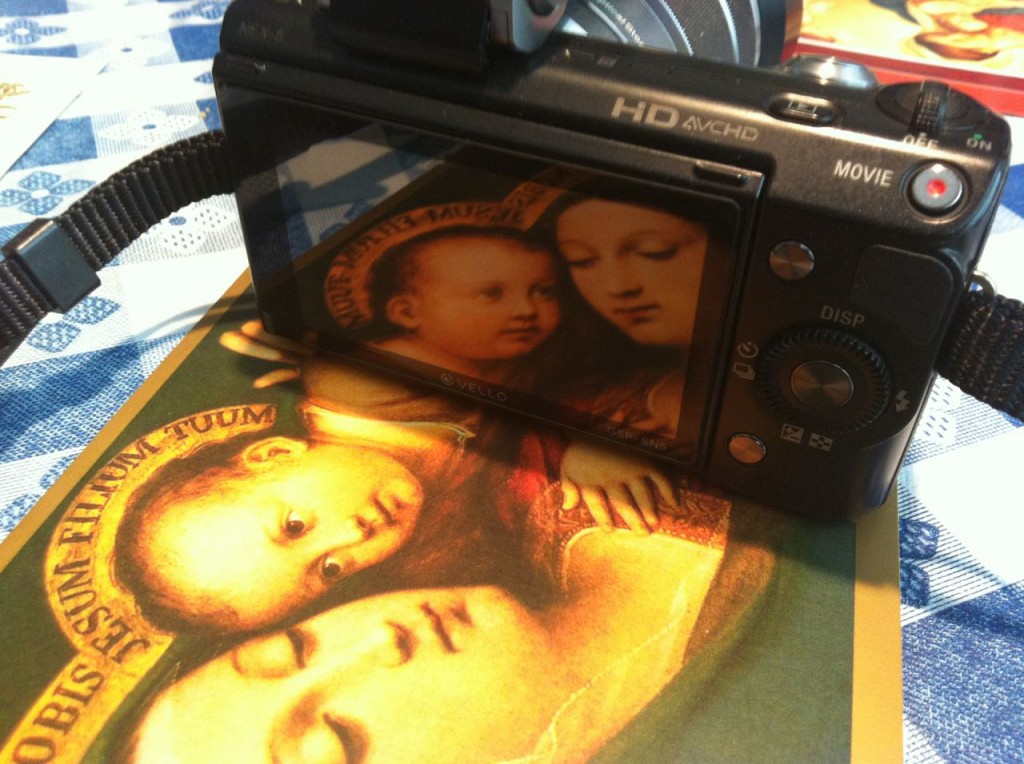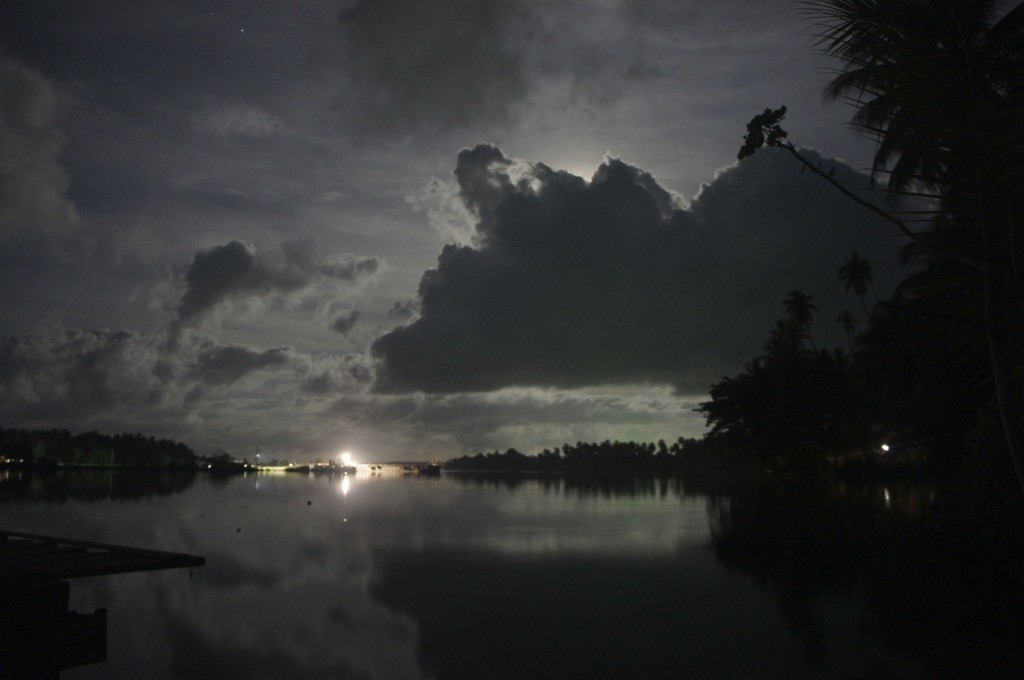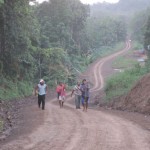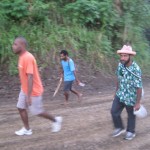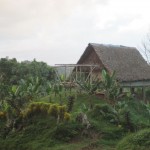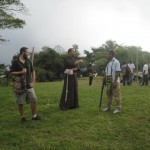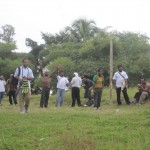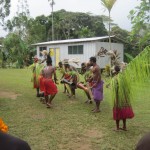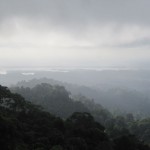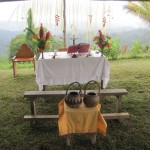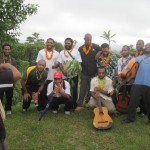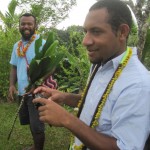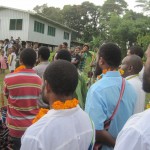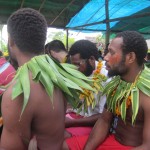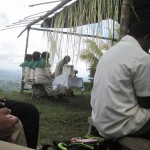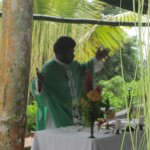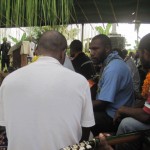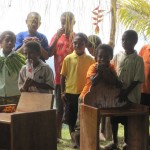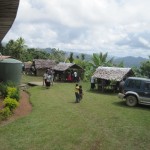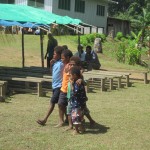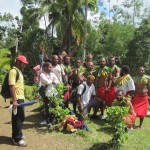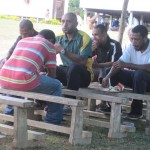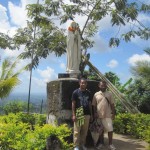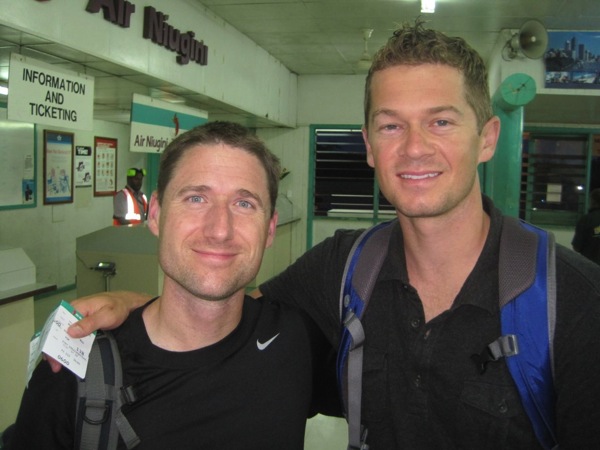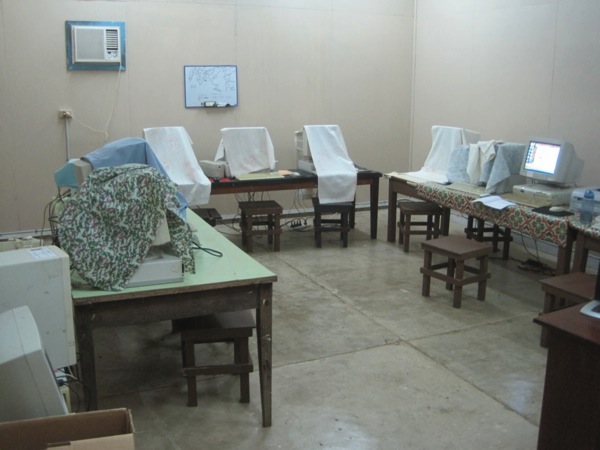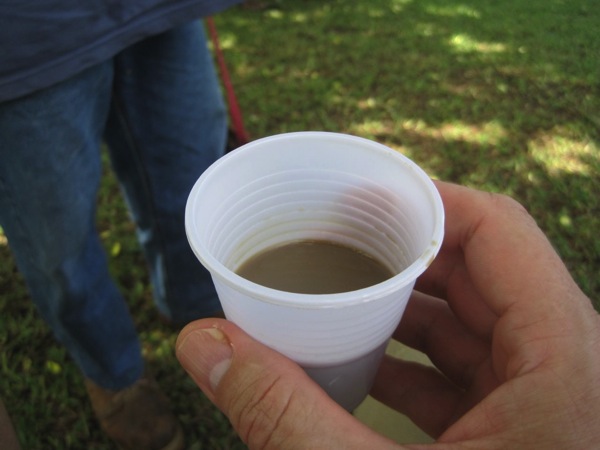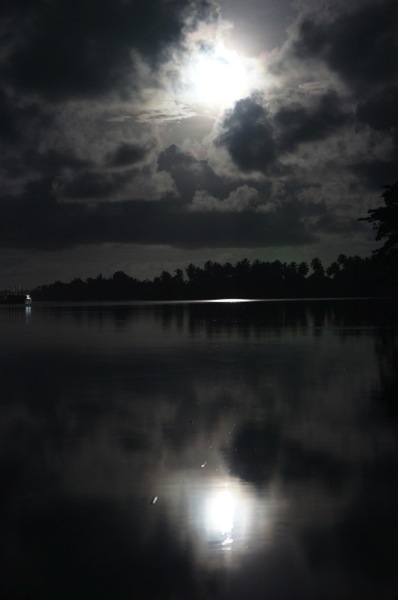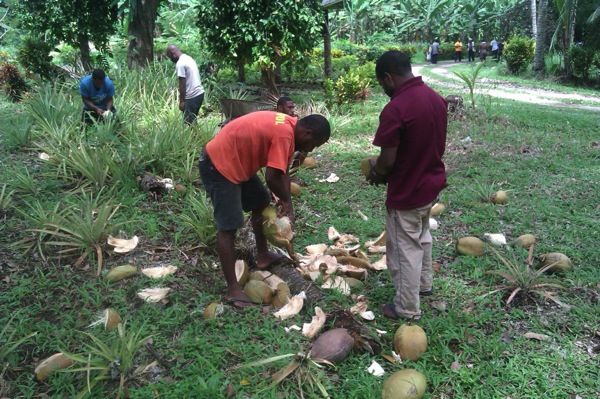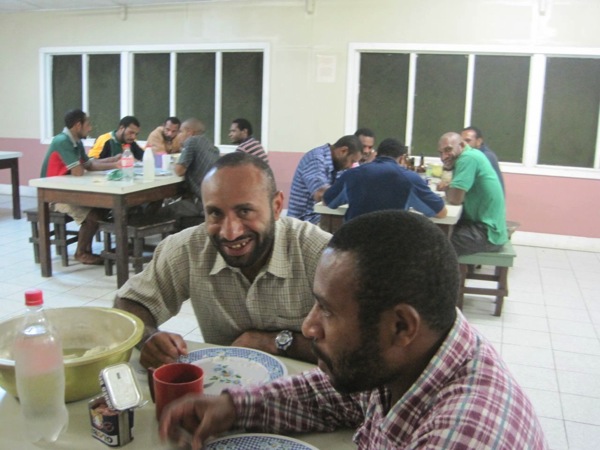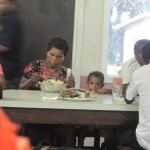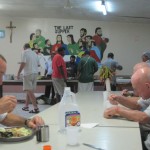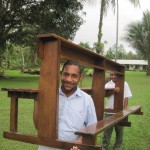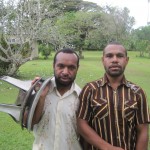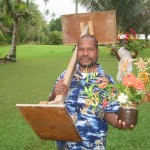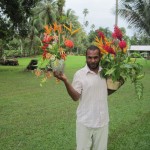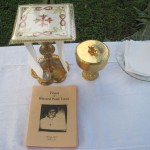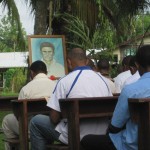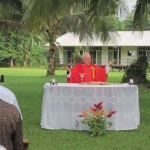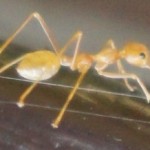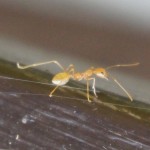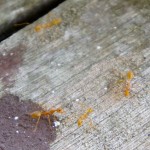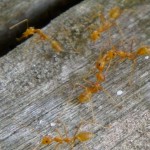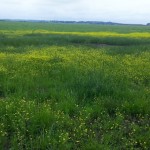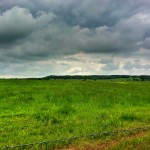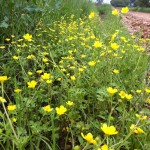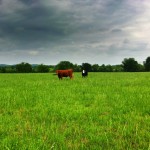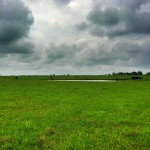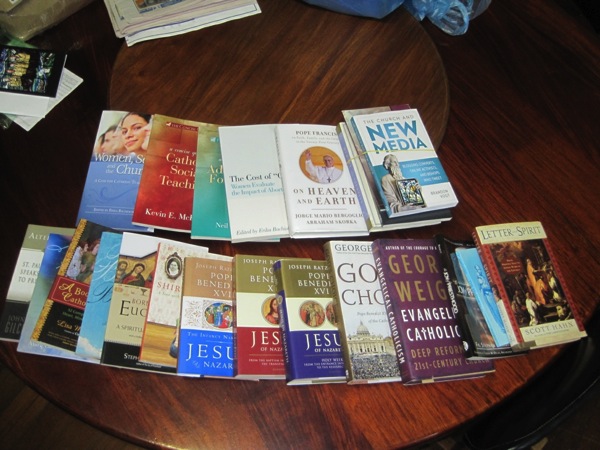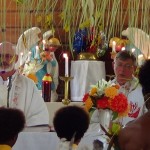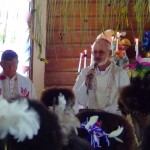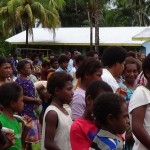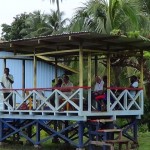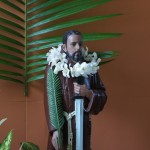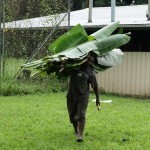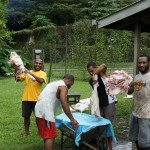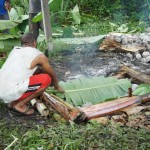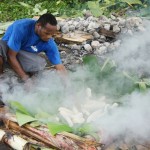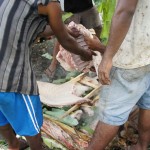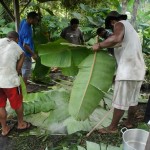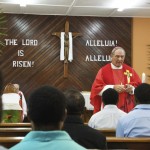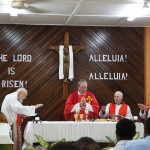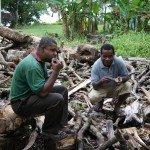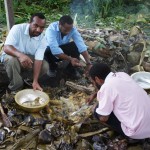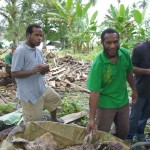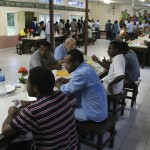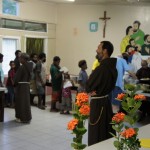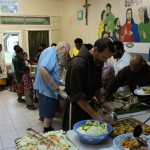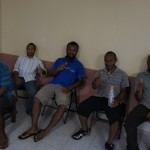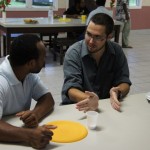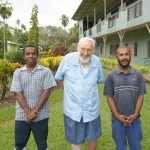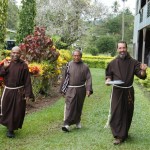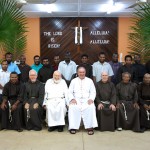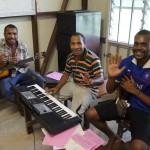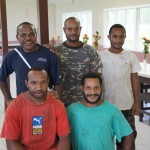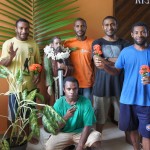Last week I had the really great honor to welcome two of my very good friends to PNG for a visit. Matthew Pepper and John White were two of the first students I met when I was introduced to the St. Philip Neri Newman Center at the University of Tulsa in August 1998. They had a great impact on my decision to leave the corporate world and begin working as the campus minister there for the next 8 years.
During their time at the Newman Center and the volunteering they each did after college, we’ve had several opportunities to travel together over the years. Now that they are both married and have children, those opportunities are more limited, but they were both eager to visit me in PNG and support my missionary effort here at St. Fidelis Seminary in Madang, PNG.
We can now add Papua New Guinea to the list of countries that we’ve seen together, which includes Italy, Austria, Switzerland, France, Czech Republic, Guatemala, and Peru. John and I also visited Greece and Turkey.
Their trip here started off in true PNG fashion – they were delayed overnight in Port Moresby when their flight to Madang was canceled for “operational necessity.” Nonetheless, they arrived first thing on June 28th.
The highlight of their visit was the 2 1/2 days we spent on Karkar Island, a fairly large island off the north coast of PNG in the Bismarck Sea, across from the village of Megiar about an hour north of St. Fidelis.
The local parish priest is a diocesan missionary priest from Poland, Fr. Bogdan. Another Polish priest, Fr. Adrian, pastor of the Holy Spirit Parish in nearby Alexishafen, suggested that I call Fr. Bogdan and invite ourselves over for a visit. It seemed brazen to me, but I’ve learned that it’s the thing that expats do when they need a break. Everyone loves visitors it seems.
Fr. Bogdan picked us up early Saturday morning, June 29th for what was one of the most harrowing road trips I’ve ever taken. Flying up the North Coast Highway at breakneck speeds, barely braking for ravenous potholes and meandering villagers, somehow we made it to Megiar without any accidents.
There we met Fr. Bogdan’s boat for the 1 hour open sea trip over to Karkar. It was a rainy day and the island was obscured by heavy clouds. Taking off from the shoreline, it seemed like we were heading off to Jurassic Park, barely glimpsing the top of the island’s huge volcanic cone.
Fr. Bogdan’s parish, near the village of Tumel, is just a few yards from black sand beaches on the islands western side. Nestled amidst coconut groves and cocoa tree farms, the island is peaceful and idyllic. Originally colonized by German Lutheran missionaries, there are now a fair amount of Catholics on the island for whom Fr. Bogdan is the only priest.
Although Fr. Bogdan’s living quarters are sparse, he did his best to host us, showing us around the island, taking us snorkeling, and spent time with us in the midst of his busy Sunday Mass schedule (three Masses in different parts of the island).
Fr. Bogdan introduced us to Paul and Barbara Goodyear, owners of several coconut and cocoa plantations on the island’s west side. They very graciously welcomed us to their home, spent quite a bit of time showing us the plantations, the processing facilities for copra and cocoa, showed us great places for snorkeling, and fed us a scrumptious German dinner. Barbara came to PNG from Germany as a volunteer, where she met Paul, a local who was educated in Australia.
I never thought I would travel to Karkar and be feasted with roast pork with mango chutney, sauerkraut, German dumplings, and several wonderful desserts including cherry cheesecake.
Paul and Barbara could not have been better hosts and it gave all of us a wonderful experience.
Returning to St. Fidelis on Monday afternoon, July 1st, Matthew and John were able to see some of the life at St. Fidelis. Unfortunately, my winning streak during our nightly games of Hearts came to a crushing end that night.
John and Matthew felt so bad at beating me that they insisted in helping out with the never-ending grass cutting chore at the school. I think they learned quickly how tough the grass is here and how the turf is fiercely defended by “the Formics.” (Somehow they managed to avoid being bitted even once while in PNG. I really don’t understand it).
That evening, their last night at St. Fidelis, we celebrated John’s 36th birthday with cake, mint chocolate ice cream, and a little “something” that they had picked up at the duty free shop on the way through Australia.
The last day of their adventure was spent at the Madang Lodge. Matthew and John wanted to treat me to a night in a luxury resort (with air conditioning!) and relaxing with a wonderful ocean view. We had a great time there, swimming in the fresh water pool, eating pizza for dinner, etc. Earlier in the day, we met Fr. Adrian, another Polish priest, who is the pastor of the parish in Megiar. He gave us a ride back to St. Fidelis after the return boat ride from Karkar. Definitely not the usual life of a missionary, but I’ll take it!
John and Matthew have left PNG now and are working their way home today after a stopover in Melbourne. It’s hard to express how lucky I feel to have friends that would travel more than 16,000 miles roundtrip to visit. I can’t wait to return the favor someday.
I know that some people get bored looking at vacation photos, but here they are if you choose to view them.
-
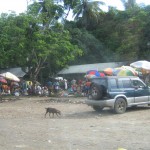
-
Village Market outside Madang
-
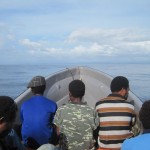
-
Boat ride from KarKar Island
-
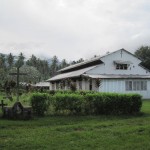
-
Parish Church on Karkar Island
-
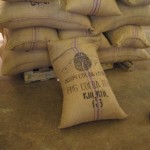
-
Cocoa beans dried and ready for sale
-
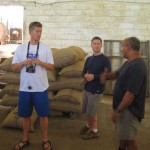
-
John, Matthew and Paul at Cocoa Processing Center
-
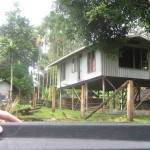
-
Village house on Karkar Island
-
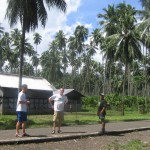
-
Copra Processing Plant on Karkar
-
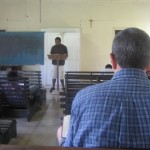
-
Reading Class at St. Fidelis
-
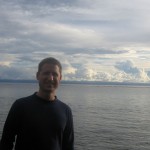
-
Matthew on Karkar Island
-
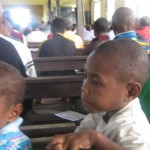
-
Sunday Mass on Karkar Island
-
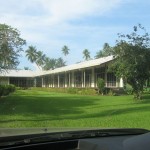
-
St. Fidelis Friary
-

-
Karkar Island
-
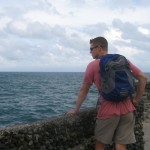
-
John at Madang Resort
-
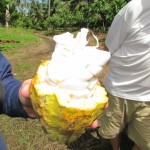
-
Raw Cocoa beans
-
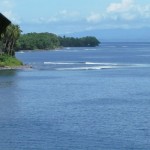
-
Karkar Island shoreline
-
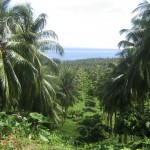
-
Coconut Plantation on Karkar Island
-
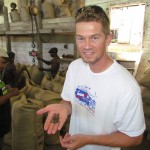
-
John with processed cocoa beans.
-
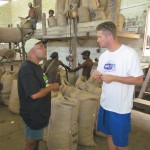
-
Tim and John discussing cocoa
-
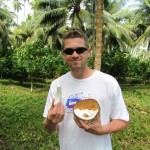
-
John enjoying sweet coconut.
-
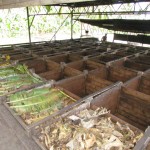
-
Cocoa bean fermentation boxes
-
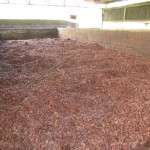
-
Cocoa beans drying.
-
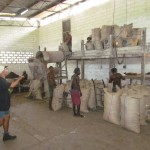
-
Cocoa bean bagging area
-
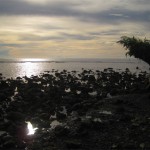
-
Sunset on Karkar Island
-
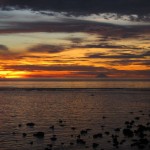
-
Sunset on Karkar Island
-
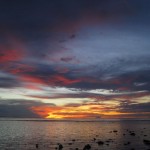
-
Sunset on Karkar Island
-
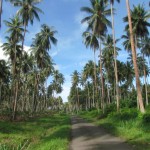
-
Coconut Plantation on Karkar Island
-
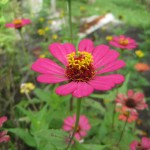
-
Local wildflowers on Karkar Island
-
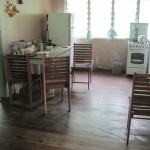
-
Simple priest house on Karkar Island
-
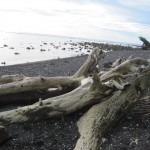
-
Shoreline of Karkar Island
-

-
Small swimming area on Karkar Island
-
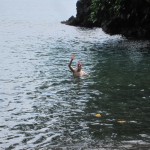
-
Swimming area on Karkar Island
-
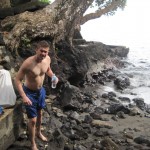
-
Swimming area on Karkar Island
-
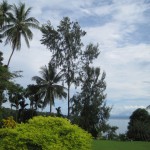
-
Karkar Island
-
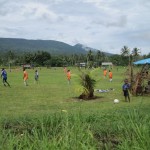
-
Sunday soccer matches on Karkar Island
-
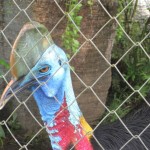
-
Cassowary
-

-
Cassowary
-
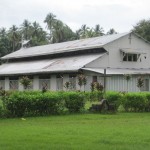
-
Parish Church on Karkar Island
-
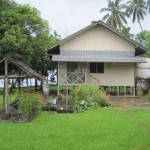
-
Priest house on Karkar Island
-
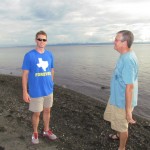
-
John and Steve on Karkar black sand beach
-
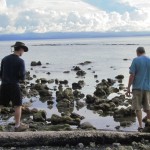
-
Matthew and Steve on Karkar beach
-
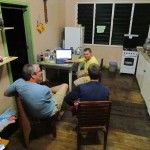
-
Steve, Matthew and Fr. Bogdan
-
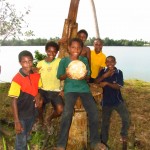
-
Village kids near St. Fidelis Seminary
-
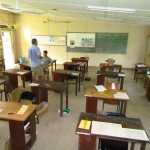
-
St. Fidelis Classroom
-
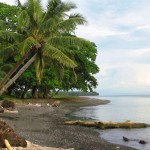
-
Karkar Island beach
-
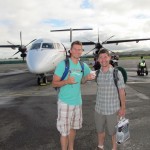
-
John and Matthew arriving in Madang
-
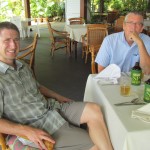
-
Matthew and Steve at Madang Resort
-
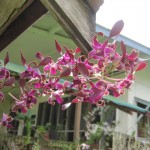
-
Homegrown orchids
-
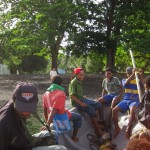
-
Boat leaving from Karkar Island
-
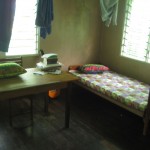
-
Simple guest room at priest house on Karkar
-
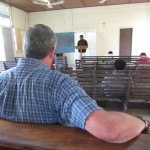
-
Reading class at St. Fidelis
-
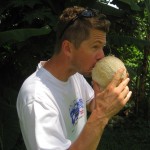
-
John trying kulau – young coconut water
-
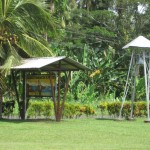
-
Megiar Parish
-
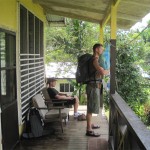
-
Priest house at Megiar
-
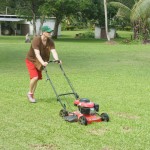
-
John helping out with mowing chores.
-
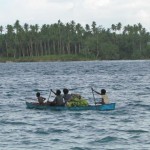
-
Villagers transporting bananas by canoe
-
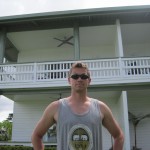
-
John at Madang Lodge
-
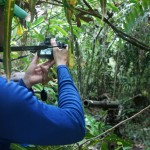
-
Matthew exploring Japanese artillery near St. Fidelis
-
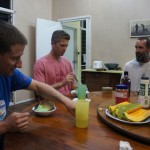
-
Celebrating John’s birthday.
-
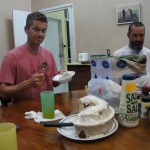
-
Celebrating John’s birthday.
-
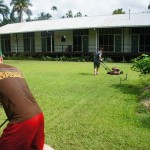
-
John and Matthew working the lawn mowers.
-
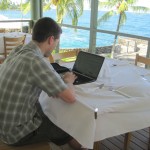
-
Matthew catching up on email at Madang Lodge.
-
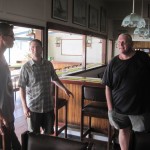
-
John and Matthew with Fr. Adrian
-

-
On that didn’t get away.
-
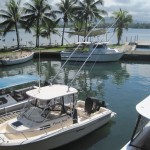
-
Madang Club marina
-
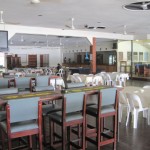
-
Madang Club
-
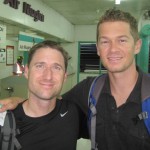
-
Matthew and John departing for home at Madang airport.
-
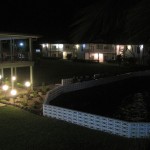
-
Night view of Madang Lodge
-
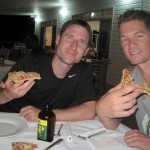
-
Matthew and John with pizza at Madang Lodge
-
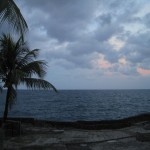
-
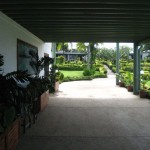
-
Madang Lodge


